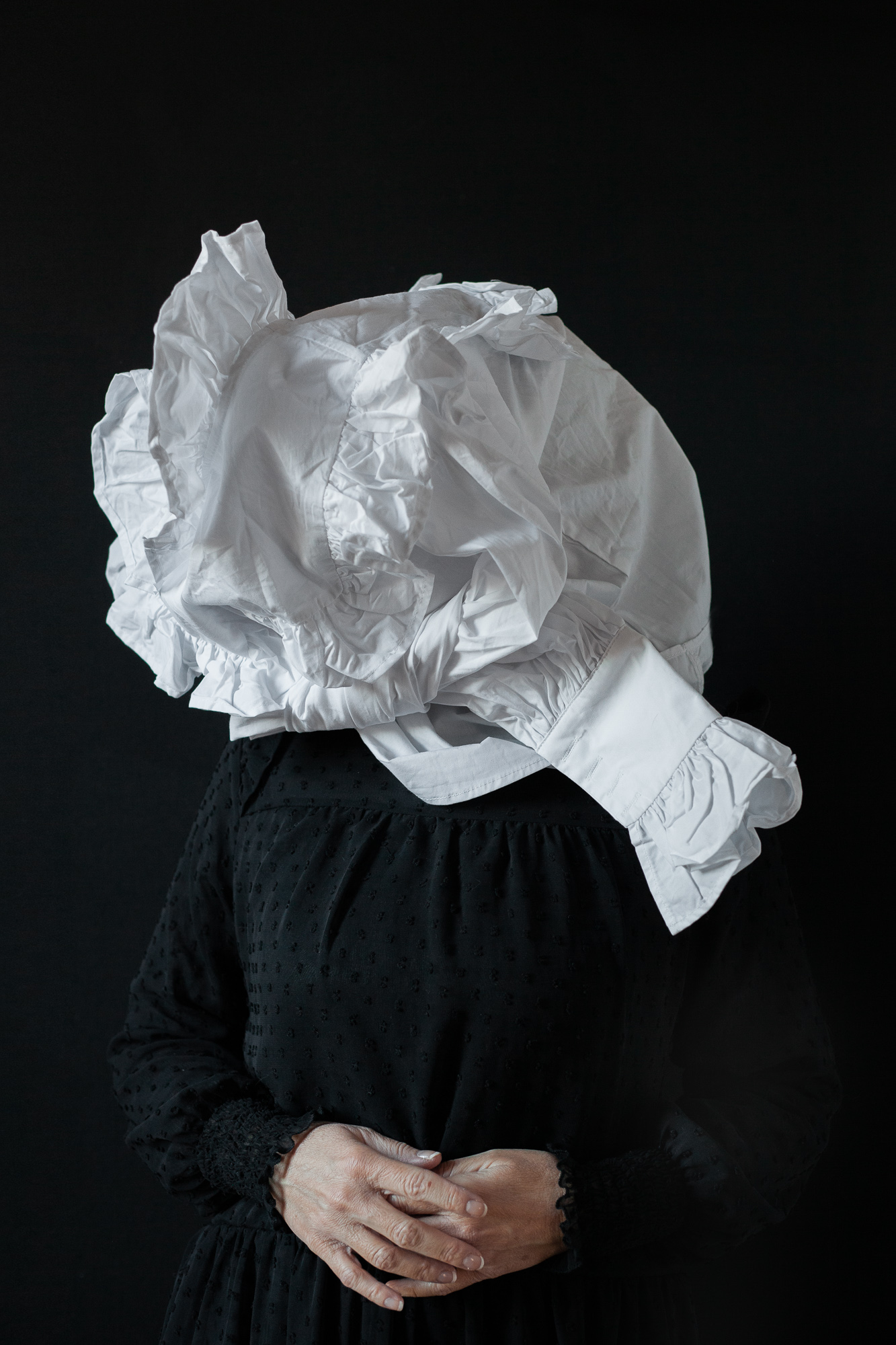The closest thing to us (2022)
In 2021 according to Google, the top trending fashion brands, among the youngest US consumers, were all fast fashion companies.
During the 90s the concept of "fast fashion", or "fast fashion" (faster and cheaper than pret à porter) began to make its way into the market thanks to the growth of companies such as Zara or H&M.
The advantage of buying clothes at these stores is first and foremost the opportunity to have clothes of the latest trend or inspired by the expensive collections of famous brands with an affordable budget. But it is not only the economic factor that has weight in consumer choices.
From a psychological and social point of view, fashion allows us to satisfy different needs and at the same time becomes a bridge between the reality we perceive, and live daily, and our desires: how we would like to appear, how we would like to be and feel perceived by other.
Sometimes there is a certain correspondence between these two dimensions, sometimes not and hence the need to create a sort of "assonance" or congruence between the real and the desired. Fashion then realizes, through the game of changing clothes and accessories, the possibility of changing identity in an instant.
In this work I used clothes as objects or masks, representing this search for a new identity. Superstructures of fabrics and clothes as spaces to be inhabited to rebuild are the concept of this first part of the work. Fast fashion allows us to experiment with a certain role and change our image, but in a "reversible" way without ever risking too much or getting too involved.
This maximum freedom to enter and exit roles is achieved with a reduced budget, by companies where the philosophy of fast fashion is pursued.
However, low cost has a cost on several levels: how is an item of clothing produced to fall within certain costs and make a profit? How does the disposable method affect the environment for production, distribution, and disposal?
In recent years, in contrast to the trend, there is a new way of approaching clothing that timidly was born with small vintage markets and today has taken hold with market fairs, swap parties, creative tailoring workshops or re-fashion, clothing recycling. in favor of charities up to the rental of clothes and bags. The resale of used clothes according to GlobalData will become a $ 51 billion business by 2025.
This attention to second-hand, ethical and eco-sustainable fashion tells of people who are beginning to want to be able to give "value" to objects and freely create new forms of self-expression, enhancing their current image.
(Italian)
Nel 2021 secondo Google, i primi marchi di moda di tendenza, tra i consumatori statunitensi più giovani, erano tutte aziende di fast fashion.
Durante gli anni '90 il concetto di "fast fashion", ossia "moda rapida" ( più rapida ed economica del pret à porter ) ha iniziato a farsi strada nel mercato grazie alla crescita di realtà aziendali come Zara o H&M.
Il vantaggio di acquistare abiti presso questi negozi è innanzitutto l'opportunità di avere capi di ultima tendenza o ispirati alle costose collezioni di brand famosi con un budget accessibile. Ma non è solo il fattore economico ad avere peso nelle scelte dei consumatori.
La moda, dal punto di vista psicologico e sociale, ci permette di soddisfare diversi bisogni e nello stesso tempo diventa ponte di passaggio tra la realtà che percepiamo, e viviamo quotidianamente, e i nostri desideri: come vorremmo apparire, come vorremmo essere e sentirci percepiti dagli altri.
A volte c'è una certa corrispondenza tra queste due dimensioni, a volte no e da qui scatta la necessità di creare una sorta di "assonanza" o congruenza tra il reale e il desiderato. La moda allora realizza, attraverso il gioco del cambio d'abito e degli accessori, la possibilità di cambiare identità in un attimo.
In questo lavoro ho utilizzato gli abiti come oggetti o maschere rappresentando questa ricerca di nuova identità. Sovrastrutture di tessuti e vestiti come spazi da abitare per ricostruirsi, sono il concetto di questa prima parte del lavoro. La fast fashion ci permette di sperimentare un certo ruolo e cambiare immagine, ma in modo "reversibile” senza mai rischiare troppo o mettendosi troppo in gioco.
Questa massima libertà di entrare ed uscire dai ruoli si realizza con un budget ridotto, dalle aziende dove viene portata avanti la filosofia del fast fashion.
Tuttavia il lowcost ha un costo su più livelli: un capo d’abbigliamento come viene prodotto per rientrare dentro certi costi e farne profitto? Come la modalità usa-e-getta incide sull’ambiente per la produzione, la distribuzione e lo smaltimento?
Negli ultimi anni in controtendenza c’è un nuovo modo di approcciarsi all’abbigliamento che timidamente è nato con piccoli mercatini del vintage ed oggi ha preso piede con fiere mercato, swap party, laboratori di sartoria creativa o re-fashion, riciclo dell’abbigliamento a favore di enti benefici fino all’affitto di capi e borse. La rivendita di vestiti usati secondo GlobalData diventeranno un business da 51 miliardi di dollari entro il 2025.
Questa attenzione all’usato, alla moda etica ed ecosostenibile racconta di persone che iniziano a desiderare di poter dare “valore” agli oggetti e creare liberamente nuove forme di espressione di sé, rivalorizzando la propria immagine attuale.


.jpg)






